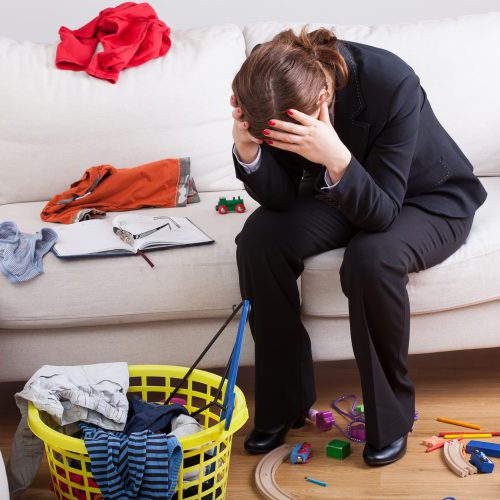
24/7 Wall St. recently reviewed a range of social and economic indicators to determine the best (and worst) U.S. metropolitan areas for single mothers and published its study, “The Best (and Worst) Cities for Single Mothers.” The costs of housing, food, childcare and education give a basic sense of the challenges facing single mothers in the United States; however, the difficulties of single motherhood often go far beyond these basic considerations. For example, the availability of and access to pre-K public schools, paid maternity leave and the quality of public transportation all tend to disproportionately impact women raising children alone.
The metropolitan area that scored as the best for single mothers was Norwich-New London, Conn., where the median income for a single mother is $38,063 and the share of three- and four-year-olds enrolled in pre-kindergarten schools is 61.2%, well above the national average of 47.4%.
The other side of the coin are cities where conditions for single mothers are the worst. Low pay, high housing costs (mostly rentals) and lack of education are among the hurdles that single mothers must overcome, and the hardest place to do that is in urban Honolulu, Hawaii.
Hawaii may be considered by many to be a paradise — to be sure, an intangible quality that is difficult to quantify. However, looking at social and economic conditions in the state’s urban center, no metro area is worse for single motherhood than Honolulu.
A typical single mother would have to work 152.4 hours a week to afford the market rent of $1,985 for a two-bedroom apartment in Honolulu. Median income for a household headed by a single mom is $32, 257, and the share of three- and four-year-olds enrolled in school is 51.6%.
Methodology: To determine the best and worst cities for single mothers, 24/7 Wall St. compiled an index of six measures for each U.S. metro area: the median income for a single mother household with children under 18 years old, the share of single mother households in poverty, the average income deficit for single mother households below the poverty line, the share of three- and four-year-olds enrolled in school, the share of workers over 16 years old using public transportation to commute, and the number of hours a week a typical single mother would need to work to afford a two-bedroom apartment at fair market rent (FMR). FMR is the 40th percentile of gross rents for typical, non-substandard rental units in a given metropolitan statistical area (MSA) and is determined by the U.S. Department of Housing and Urban Development.
The measures were normalized and organized in four categories: income, early education, public transportation and housing affordability. The number of hours a week a typical single mother would need to work to afford a two-bedroom apartment at FMR was given double weight, public transit use was given quarter weight, and income, poverty and average income deficit were averaged and treated as one standard measure.
MSAs for which the margin of error on single mother households at 90% confidence was 10% or greater than the point estimate were excluded. All data, other than the FMR, came from the U.S. Census Bureau’s American Community Survey and are five-year estimates for 2010 to 2014.
Be sure to see all of “The Best (and Worst) Cities for Single Mothers.”
It’s Your Money, Your Future—Own It (sponsor)
Retirement can be daunting, but it doesn’t need to be.
Imagine having an expert in your corner to help you with your financial goals. Someone to help you determine if you’re ahead, behind, or right on track. With SmartAsset, that’s not just a dream—it’s reality. This free tool connects you with pre-screened financial advisors who work in your best interests. It’s quick, it’s easy, so take the leap today and start planning smarter!
Don’t waste another minute; get started right here and help your retirement dreams become a retirement reality.
Thank you for reading! Have some feedback for us?
Contact the 24/7 Wall St. editorial team.


